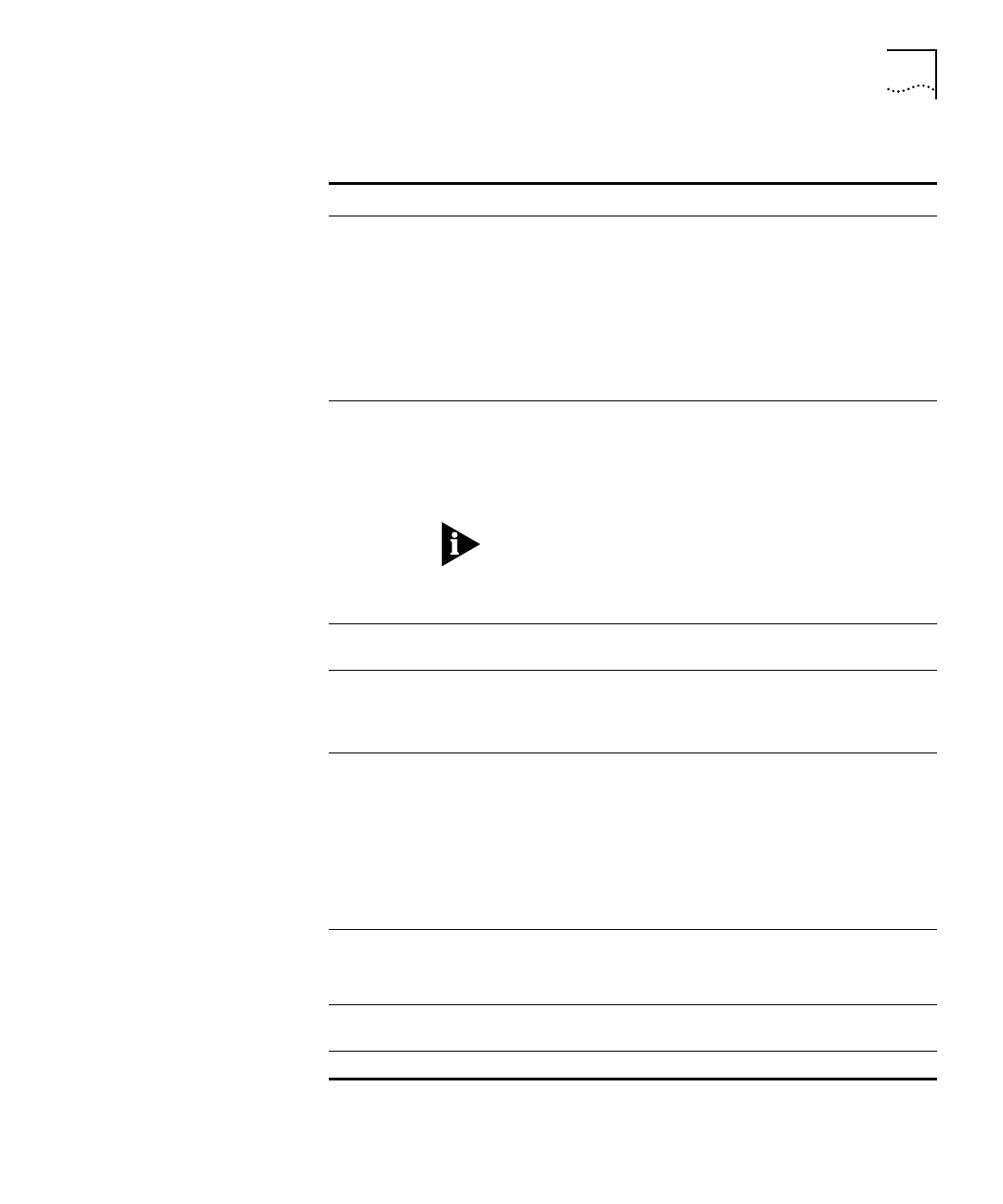
Conventions 3
Table 2
Text Conventions
Convention Description
Syntax
The word ‘syntax’ means you must evaluate the syntax
provided and supply the appropriate values. Placeholders
for values you must supply appear in angle brackets.
Example:
Change the password by using the following syntax:
password <string>
In this example, you must supply a password string for
<string>.
Commands
The word ‘command’ means you must enter the
command exactly as shown in text and press the Return or
Enter key. Example:
To exit, enter the following command:
Logout
This guide always gives the full form of a command in
uppercase and lowercase letters. However, you can
abbreviate commands by entering only the uppercase
letters and the appropriate value. Commands are not
case-sensitive.
Screen displays
This typeface represents information as it appears on the
screen.
The words ‘enter’
and ‘type’
When you see the word ‘enter’ in this guide, you must
type something, and then press the Return or Enter key.
Do not press the Return or Enter key when an instruction
simply says ‘type’.
[Key] names Key names appear in text in one of two ways:
■
Referred to by their labels, such as “the Return key” or
“the Escape key”
■
Written with brackets, such as [Return] or [Esc].
If you must press two or more keys simultaneously, the key
names are linked with a plus sign (+). Example:
Press [Ctrl]+[Alt]+[Del].
Menu commands
and
buttons
Menu commands or button names appear in italics.
Example:
From the
Configure
menu, select
Community/Polling...
Words in
italicized
type
Italics emphasize a point or denote new terms at the place
where they are defined in the text.
Words in
bold
type Bold text denotes key features.


















